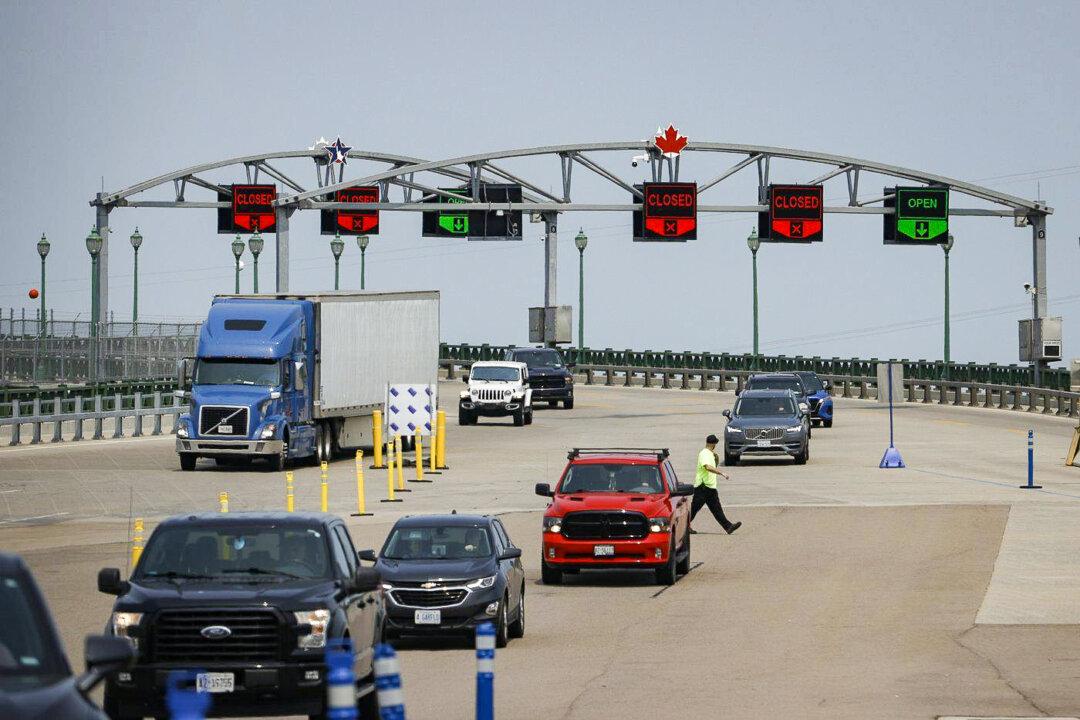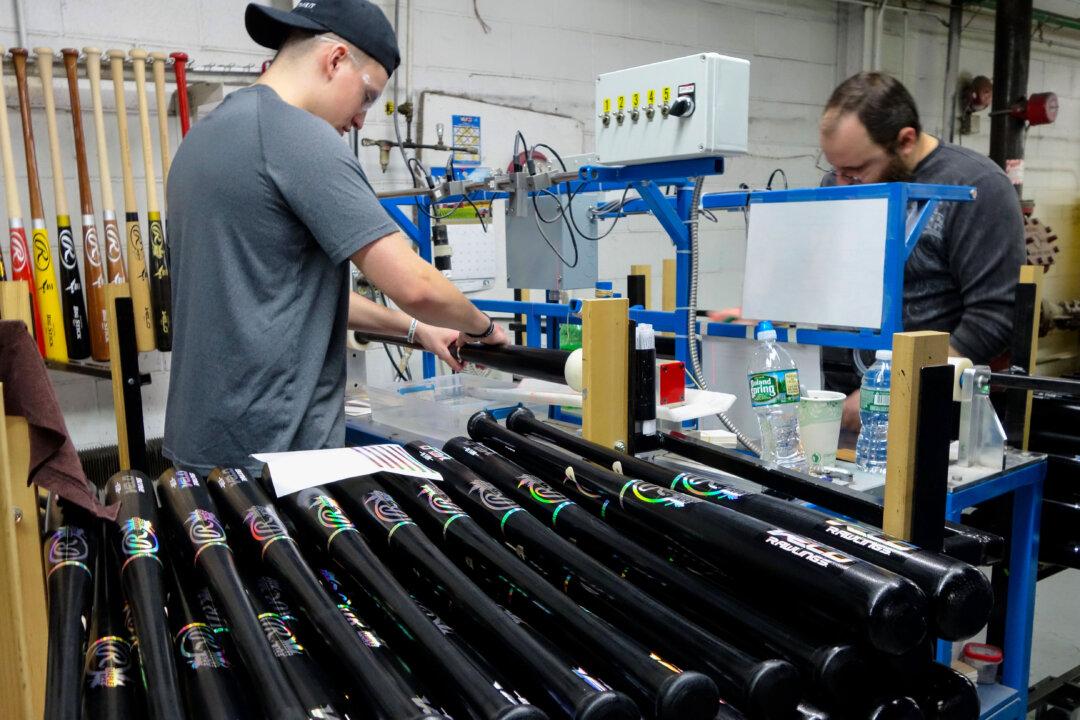In 2023, according to the United States Postal Service change-of-address data, nine of the ten neighborhoods in New York State that lost the most population were in the City of Buffalo.
Its 2024 population stands at 273,768, declining by 0.49 percent annually. But those numbers represent a slow drip compared to the total departure of residents in what was a thriving hub of manufacturing in the 1950s. Buffalo’s population has declined by 52.3 percent since then, or 303,325.





